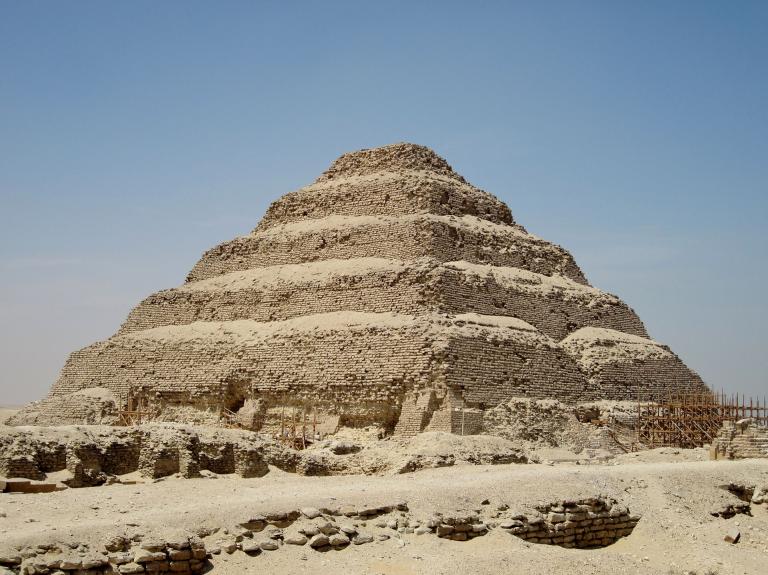
(Wikimedia Commons public domain image)
Several hours ago — I’m very busy in a very different time zone on the other side of the world, and I’m doing the best that I can — a new installment in the Interpreter Foundation’s series of short Witness-related “Insights” videos went up. Please take a look. They’re free. And please share them.
Witnesses of the Book of Mormon — Insights Episode 29: Women Witnesses—Why and Why Not?
There are a number of unofficial witnesses of the Book of Mormon who were women—however, of the official witnesses of the Book of Mormon, there are none. Why would this be?
This is the twenty-ninth in a series compiled from the many interviews conducted during the course of the Witnesses film project. This series of mini-films is being released each Saturday at 7pm MDT. These additional resources are hosted by Camrey Bagley Fox, who played Emma Smith in Witnesses, as she introduces and visits with a variety of experts. These individuals answer questions or address accusations against the witnesses, also helping viewers understand the context of the times in which the witnesses lived. This week we feature Daniel C. Peterson, President of the Interpreter Foundation and Executive Producer of Witnesses. For more information, go to https://witnessesofthebookofmormon.org/ or watch the documentary movie Undaunted.
Short clips from this episode are also available on TikTok and Instagram.
Be sure to subscribe to our YouTube channel at https://youtube.interpreterfoundation.org/ and our other social media channels on Facebook, Twitter, Instagram, and TikTok.

(Wikimedia Commons public domain image)
More than three decades ago now, I spent a summer in Berkeley, California, participating in a small seminar led at the Graduate Theological Union (adjacent to the campus of the University of California) by the preeminent student of comparative religions Huston Smith (1919-2016) and sponsored by the National Endowment for the Humanities.
It was an extraordinary and memorable experience on many levels — not the least of which was being able to attend a complete performance of Wagner’s “Ring Cycle” over at the San Francisco Opera during my stay in Berkeley — but I’ll focus on just one aspect of the whole right now:
Getting to know Professor Smith opened the way for me to be slightly involved with him — alongside Alan Godlas, Barbara von Schlegell, and Seyyed Hossein Nasr — in his revision of the chapter on Islam in his perennial classic and frequent bestseller The Religions of Man, which had originally appeared in 1958. (Among the features of the book that were revised was its title, which became, in the new edition, the less apparently-sexist The World’s Religions.)
The World’s Religions is a remarkable book. Not so much for its dates and facts — other volumes in the field offer lots of information, and sometimes far more — but for its ability to take readers into what Huston Smith saw as the heart of each of the faiths he treated. I have to confess that his was the first discussion of Hinduism — a faith (or, perhaps more properly, a family of faiths) for which I’ve always had a uniquely difficult time seeing the appeal — that left me genuinely understanding why (apart from culture and tradition) a person might want to be a Hindu.
As we were discussing it one day, Huston told me that one of the things about the book that made him most proud and gave him the most satisfaction was the fact that he had been accused, at various times, of being a covert and sneaky advocate of each and every one of the faiths that the book discusses.
He considered that high praise indeed, and I tend to agree.
One day, during my studies in Egypt roughly forty-five years ago, I spoke at length with a Muslim chemistry professor at the University of Cairo. He was astonished when he learned that, although I was studying Arabic and Islam, I was still a Christian.
“Do you,” he asked, incredulously, “really believe that God had a Son, and that he allowed that Son to be murdered in order to buy himself off?”
After expressing some reservations about how he had expressed the doctrine of the atonement, I replied that, yes, I did believe something rather like that that.
“Oh!” he exclaimed. “How can any intelligent person believe in such nonsense?”
Well, the fact is that highly intelligent people have accepted Christianity. (Origen, Athanasius, Augustine, Aquinas, Pascal, Kierkegaard, C. S. Lewis, Peter Kreeft, Richard Swinburne, Alvin Plantinga, N. T. Wright, and Nicholas Wolterstorff are among those who come immediately to mind.)
But it was thought-provoking to find that my most sacred beliefs seemed insanely ludicrous to a highly educated outsider. It was enlightening to find Christianity, for once, in the minority, and Christian assumptions questioned by another theist as less than self-evident.
How many times have I heard people say things like, “How can any intelligent person believe in Islam?” or “How can any intelligent person be a Catholic?” Yet people like al-Ghazali and Iqbal and Ibn Khaldun have been Muslims, and the Catholic Church has claimed the loyalty of such thinkers as Thomas Aquinas and Cardinal Newman and G. K. Chesterton and Jacques Maritain and Karol Wojtyla and Joseph Ratzinger.
Reflecting on this, and on my own experience as an Islamicist, I long ago formulated what might be grandiloquently termed Peterson’s First Rule for the Study of Other Religions and Worldviews: If a substantial number of sane and intelligent people believe something that seems to you utterly without sense, the problem probably lies with you for not grasping what it is about that belief that a lucid, informed, and reasonable person can find plausible and satisfying.
Unless and until you understand why people of good sense, learning, mental health, sound intelligence, solid ethics, and a desire for truth find a particular worldview convincing and worthy of allegiance — and I include among worldviews here not only religions but atheism and such secular ideologies as Marxism — you haven’t really understood it.
You don’t have to accept that other worldview, but, if you’re serious about understanding it, you really have to grasp it.
And here’s a corollary: If you encounter a faith or worldview that claims the allegiance of a large and diverse group of people and has done so for at least a few generations, you should not lightly conclude from the fact that you find that faith or worldview obviously wrong that its adherents lack good sense or learning, that they’re stupid or mentally ill or immoral, or that they don’t care about the truth. If you make that assumption, you’re almost certain to be wrong.
As I write, I’m listening to the Muslim call to prayer, the adhan, outside my open balcony door. Whenever I return, I realize how much I’ve missed it.
Posted from Cairo, Egypt











